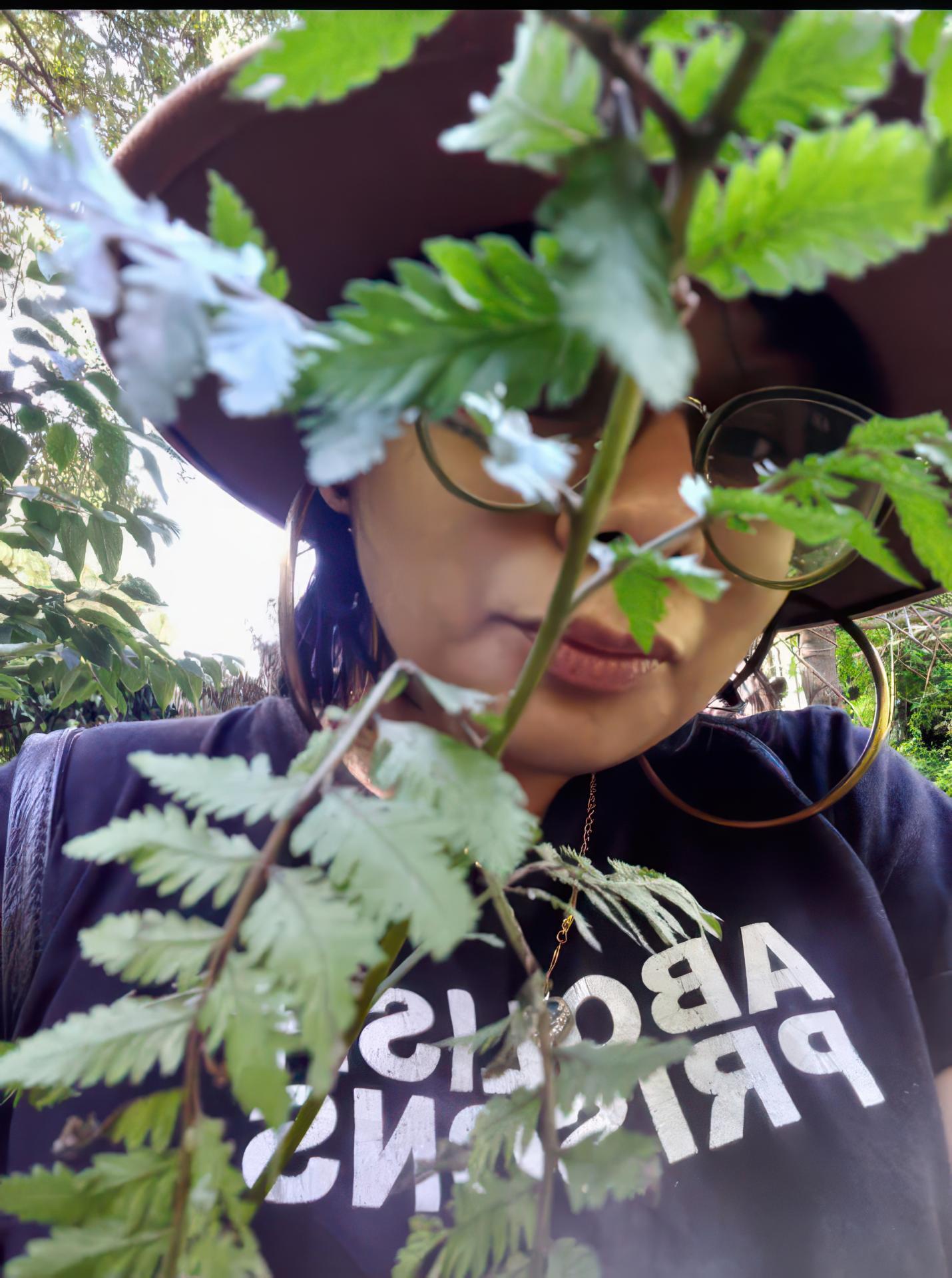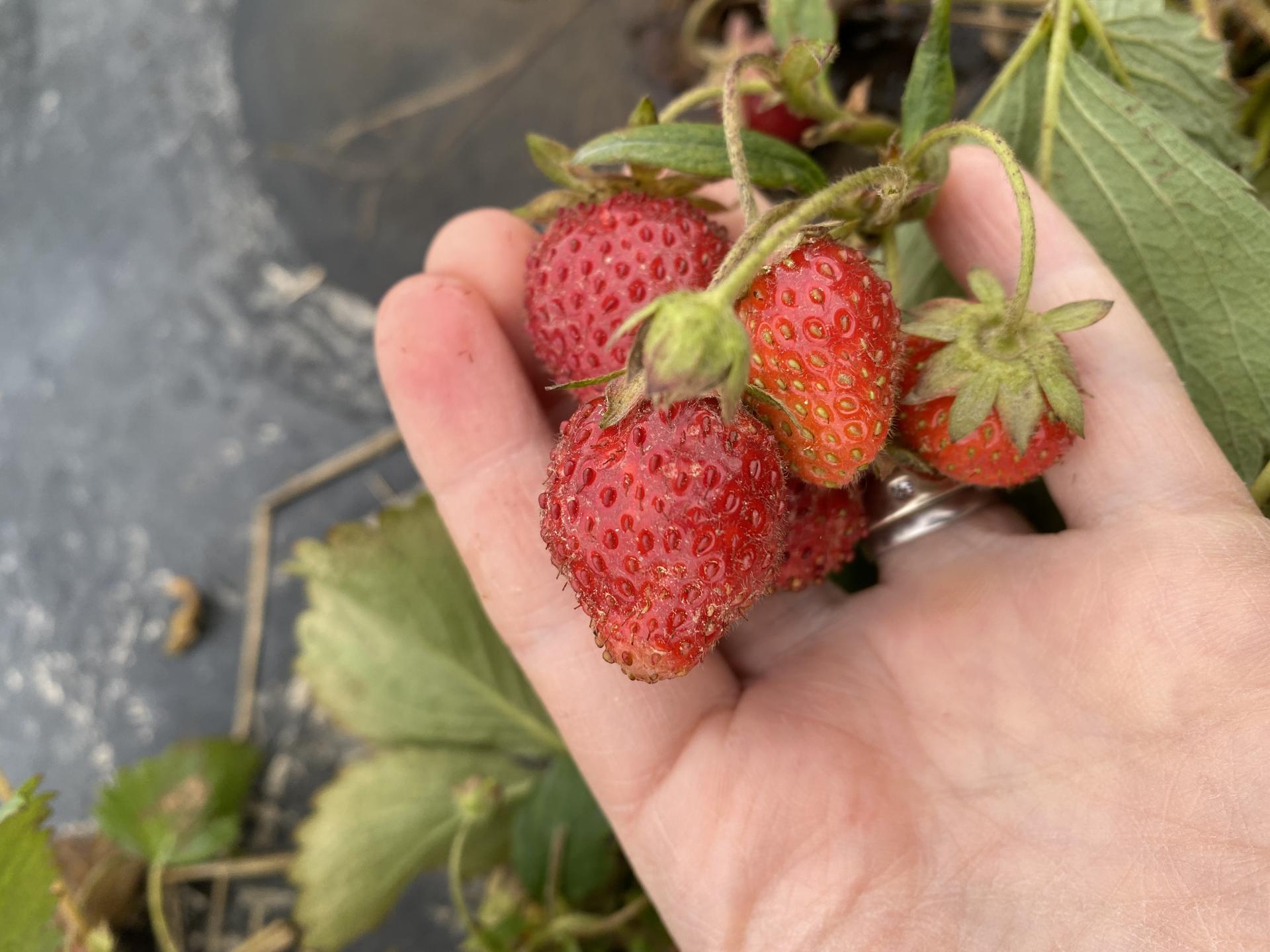
The rigid confines of the U.S. education system, with its 8:00 AM to 3:00 PM schedule, the classic setup of a public school classroom, and the lessons I regularly was unable to relate to never quite suited me as an Indigenous child, and once I began failing my classes, it made me question my own intelligence. It’s not that I didn’t understand the school work; it was that I was too uninterested to complete it. Yet, outside the boundaries of the classroom, my curiosity about the world grew immensely, and I found myself eagerly soaking up information far beyond what was expected at my grade level.
It wasn’t until I was an adult that I was able to shed the guilt I felt for not graduating high school. I tried to remind myself that I was heading to college and pursuing a career, but even while studying to become a veterinary technician, I still felt out of place. The only space where I truly felt I belonged was outdoors. There, no one questioned my answers or confined my gaze to four walls. I wasn’t preoccupied with family and friends’ opinions, and most importantly I could move freely, allowing my thoughts to wander and gain a sense of clarity.
Luckily, I had been put into the Science and Nature Program at a young age, a pipeline program that Jane Klocker created at the American Museum of Natural History. The mission was to give science education to underprivileged communities. Klocker believed that if you incorporated science into a child’s daily routine from the time they were a toddler, when they became adults, they would have the qualities needed to build independent and promising futures. What Klocker didn’t realize was that in the world I was growing up in, an opportunity like that could be the only chance for someone like me to avoid falling into a predetermined stereotype.
The definition of ethnobiology is the study of relationships among people and their environments, and in my opinion, it is a science that Indigenous people inherit from the moment they are born. As my biologist friend Jonathan Ferrier (Mississauga Anishinaabe) writes, “Indigenous people are very scientific—it’s just that our science includes the heart.” We see it everywhere in Indian Country, such as in communities where mothers bury their newborn’s placenta to nourish the soil with its nutrients, and in other communities where a child’s first hunt marks their entrance into adulthood. These practices are ways in which children develop independence, ideas, and a sense of communal responsibility. This is the science of our lives; our cultures are rooted in our relationship with the outside world, and we must learn to expand on it.

As an Indigenous educator, Aviut Rojas (Nahua) nurtures children’s engagement with the natural world, which often includes berry picking and foraging.
Indigenous children are young teachers in the making for their communities. We share stories with them, and they come up with new ones. The moment a child arrives into this world, its mouth opens in a welcoming outburst; its vocal chords are the first sound waves to travel into the world, mimicking the vibration of a drum. It is vital that we listen to our children. Their stories are part of generations of oral traditions, just from smaller mouths and innocent imaginations. It is a gift we are given in childhood that society often doesn’t allow us to preserve. So as adults in this new century, we must encourage conversations where children can actively participate and contribute their ideas.
When I look at the children I work with, I think about how everything around them could spark a future interest. From the moment they step outside, the outdoors becomes a place for them to seek life’s answers, and without interruption every kid will. If you pick up acorns and drop them on the other side of the park, could an oak tree start growing there the following year? How many drops of water can you catch by sticking your tongue out? Who lives inside a fallen tree? These questions lead to larger considerations: How can we preserve oak trees in the Northeast?
How can we make water safer for our communities to drink? If trees are lost in an area, how will this impact the critters that rely on fallen trunks for their survival and the ecosystem as a whole? We must recognize that we are not alone on this earth; we share it with a multitude of plants, animals, fungi, and microbes, and we live within diverse biomes. In an Indigenous classroom, all of these living beings are valued and considered important. Unlike the western tradition, which emphasizes individuality and encourages children to work quietly on their own, Indigenous teachings acknowledge that nothing in this world operates in isolation or remains silent. When we exclude children from connecting with their instinctual roles as living beings, we deny them a crucial aspect of emotional development. Reflecting on our roles within the life cycle helps develop empathy and understand the impact of our actions. By recognizing our connection to other living things, we develop a deeper understanding of our humanity, an essential part of growing up.

The more we learn, the more we build positive self-esteem. We gain confidence, self-reliance, and individual characteristics based on our beliefs and interests. Indigenous children have all the tools in their culture and traditions to succeed, feel valuable, and become positive adults in their community. This potential can be fully realized if, from an early age, their way of engaging with the world is nurtured and their classroom is adapted to their understanding of their environment.
As an Indigenous educator, this is the sole purpose of my job. I set aside the phonics cards and sensory tables, tools that are sometimes inaccessible in our communities, and instead, I take my students outside to interact with the world around them. It is essential for educational tools to be accessible to the children’s families, and the broader community involved in a child's daily life as well. This ensures that whenever we are not present, others responsible for the child's learning can easily access the necessary resources. This allows the family to bond, and in Indigenous teachings, the relationship between our Elders and the youth are greatly encouraged.
A simple fishing expedition using only a string and a bottle cap, as told to me by my partner, ignited a spark of ingenuity. On hikes, children discover a world of textures beneath their feet—acorns, sticks, rocks, and leaves. We transform exploration into education, building raft boats, pondering the engineering techniques of a beaver dam, and celebrating nature's bounty through berry foraging. Despite being told that our children lack the resources to develop as their white counterparts do, we can create these resources using the tools that nature offers us. We can develop an education system that works for them. We do not adjust the children to fit the education curriculum; instead, we adjust the education curriculum to fit the children.

I’ve found countless rewarding moments in my career as a childhood educator, but nothing quite compares to watching a child fully immerse themselves in nature and feel a sense of belonging within it. Given the alarming rates of suicide among Indigenous youth, it’s a profound relief to witness the pure delight of an Indigenous child exploring their surroundings. That spark in their eyes, that flicker of curiosity—it’s a beacon of hope. I cherish those moments when I see that light ignite within them, and I pray it burns brightly, shielding them from any difficulties they will be burdened with tomorrow. In a way, we educators are the firekeepers. We kindle and tend to an inquisitive flame in our students, hoping that it illuminates our generations to come.
-Aviut Rojas (Nahua) is a youth and early childhood educator, a certified Indigenous birth doula, and an Indigenous mentor currently serving as a Science and Nature instructor at Emerald Cove Institute of Science in San Bernardino, California.
Top photo: Aviut Rojas (left) leading an art workshop for children and families at the Cultural Survival Bazaar in Newburyport, Massachusetts.



